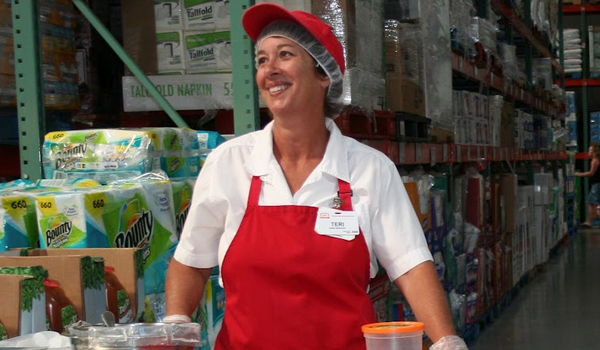If you’ve ever been to Costco on a Saturday, you’ve had the pleasure of experiencing “sample day”. I have a friend who basically treats Costco sample days as meal-time, but that’s beside the point. The reason Costco has nice people in hair nets and rubber gloves handing out food samples is pretty obvious. They want you to taste something you’ve never tasted before, fall in love with it, and buy it (in Costco’s case, a lot of it).

For those of us not selling cases of prune juice or corn dogs in a big box retailer, getting people to “sample” our product or service can be a little more challenging. But that’s the beauty of a demo video. It allows prospective customers to virtually sample what you’re offering (without the hair nets and rubber gloves) while still achieving the same goal – getting samplers to buy. According to comScore, website visitors are 64% more likely to make a purchase on an online retail site after watching a demo video. In the web-based world we live in, a demo video may be about the best thing you can offer your visitors before they make a purchase.
Let’s start by taking a look at a demo video for Lowe’s. Their new product, Iris, allows you to wirelessly manage your home’s energy and security from anywhere. Sounds cool, but it’s not immediately obvious how it works or what the major benefits of using a product like Iris are. With a demo video, Lowe’s is able to give viewers a virtual sample of the product in 2 minutes.
Maybe you don’t have a physical product, but a web or mobile app instead. A demo corporate video can be just as effective, if not more so, at showing people how your service works and why the should use it. In this demo video for Beanstalk, you get to see the entire flow of the app from start to finish, helping viewers understand how a user might interact with the software.
No matter what type of product or service you’re selling, every business needs a demo video. So get out the hair net and rubber gloves, and start sampling your business using online video.